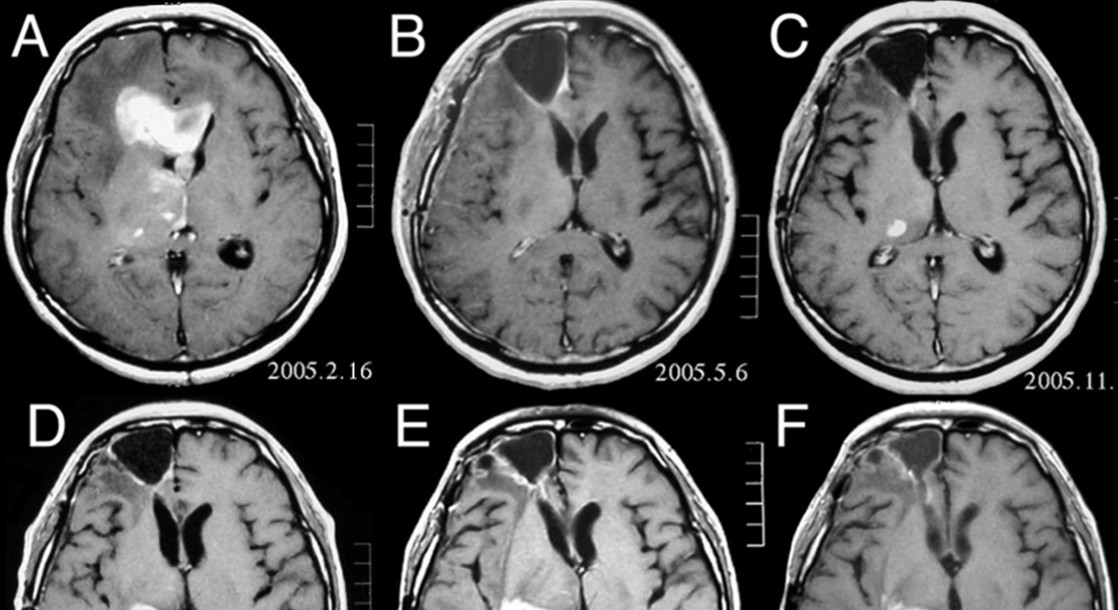Photo via Fujimaki T, Ishii H, Matsuno A, Arai H, Nakagomi T.
In 2014, a troubling research study suggested that frequent cannabis use was associated with changes in the size and shape of parts of the brain associated with emotion and motivation. The grave conclusion of the study inspired other researchers to investigate the accuracy of these claims, with scientists now finding that that such brain changes were most likely caused by the use of alcohol, nicotine, or other drugs.
A new study — soon to be published in the scientific journal Addiction — investigates the matter, concluding that frequent cannabis use does not in fact alter brain structure. “Disentangling the putative impact of cannabis on brain morphology from other comorbid substance use is critical,” the researchers wrote. “After controlling for the effects of nicotine, alcohol and multi-substance use, this study aimed to determine whether frequent cannabis use is associated with significantly smaller subcortical grey matter volumes.”
As part of the study, twenty scientists from thirteen different institutions across Australia, the U.S., and the U.K. examined the relationship between frequent pot use and brain structure among over a thousand middle-aged American men and young Australian adults. The team used MRI scans to estimate grey matter volume in seven different regions of the brain, including sections that previous researchers warned were being damaged by cannabis exposure. The researchers also recorded subjects' maximum nicotine and alcohol use, total lifetime multi-drug use, and maximum and regular cannabis use.
The authors found that “normal variation in cannabis use is statistically unrelated to individual differences in brain morphology.” Nicotine, on the other hand, was strongly associated with significant decreases in the size of the thalamus, a part of the brain responsible for relaying sensory signals, among middle-aged men. The findings of this study mirror those of a 2015 study published in JAMA Psychiatry, which also found that cannabis was not responsible for changes in brain morphology.
Last year, another study on drugs and brain structure (also published in Addiction) found that frequent alcohol use was responsible for significantly lower grey matter volume and white matter integrity, confirming the possibility that some of the brain changes reported by the 2014 study may have been alcohol-induced. Another recent study, which looked at the issue of cannabis and brain development from a different angle, concluded that previous studies were “overstating” the risks of adolescent cannabis use, after discovering that teens who took a three-day break from smoking weed performed just as well on cognitive tests as non-smokers.
The authors of the latest study concluded that their research “is the largest exploratory analysis integrating brain imaging with self-report cannabis and comorbid substance use data. After correcting for multiple testing, there was no effect of cannabis use on the volume at any subcortical region of interest in young adults or middle-aged males.” The researchers added that “in the context of expanding medicalization and decriminalization and the concerns surrounding the consequences of increased cannabis availability,” their findings suggest that frequent cannabis use does not pose risks to a user's brain structure.











